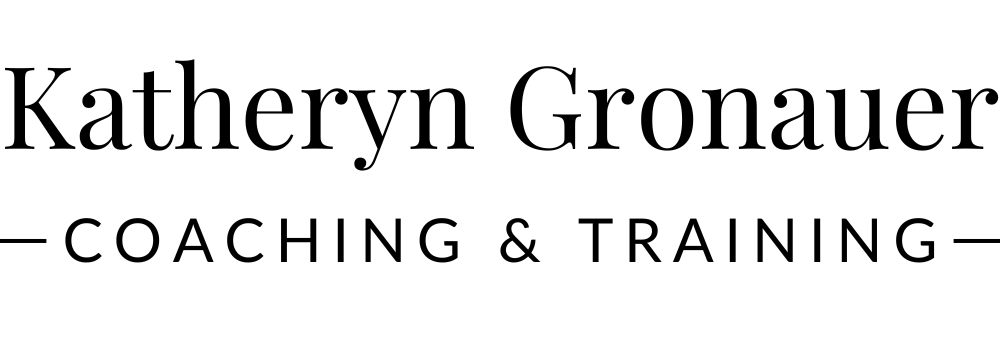Case Study: Arvin is trying to make a great impression in his new role
Arvin just got a promotion to a new job. Even though this is always what he's wanted in his career, he's terrified about living up to his own expectations in this prestigious role.
To add to his worries, he has new team members he needs to build relationships with as well as 3 different managers he needs to report to, who each have completely different expectations of him.
He's trying to figure out how to balance his schedule to make sure he's putting in the work that needs to get done to meet each of their needs.
He wants to make sure he makes a great impression on everyone. What should he do?
Here’s what Arvin decided (and how, through coaching)
Arvin decides to spend the first 4-6 weeks focusing on relationship building and letting go of the need to get speedy results.
Worrying about making a good impression and having all of the answers is a common worry for people who are starting new leadership positions, and Arvin is no exception. Let’s delve into how coaching helped relieve his stress.
Coaching Goal #1: What do successful relationships with managers and new colleagues look like?
Arvin identified that he wants to feel like he’s gotten to know people enough to where communication can flow easily.
Coaching Goal #2: What does it take to create the ideal relationship?
Arvin realized that it’s going to take more than one touchpoint to get to know his colleagues. He may need to meet with them at least a few times for a comfort level to be established, and he also wants there to be a personal element where he gets to know them beyond just work topics. He also wants to know what kind of communication style each person prefers so that there is alignment in work styles.
Arvin decides to make it a point to schedule 1:1 coffee chats with people.
Coaching Goal #3: What does a successful first 3 months in this position look like?
One reason why I like asking this question is that it helps set a timeline. When people start a new role, there is this feeling of urgency to do all the things in a very short time - learn about the company and the job, meet people, and get “results”. By discussing timeline, we can better understand what the priorities are and it relieves the burden of feeling like everything needs to happen now.
Arvin realizes that by the end of 3 months, he wants to have a detailed understanding of his job and expectations, and also have identified what his value-add to the company is. His value-add is basically his strengths that he can contribute to this role that he can leverage when creating his strategy.
What you’ll notice is that while it is important for him to know the expectations of each of his managers, it’s not important for him to incorporate each just yet - he still plans to follow up with each once he knows what each expect so that he can communicate his plan in light of each goal.
So there you have it - when you are transitioning into something new, use a timeline to help you break down each element you want to achieve and go from there!
What about you?
If you were to re-read this dilemma again with coaching questions in mind, would you still take the same path you originally thought?
It’s interesting to see what people decide, isn’t it? Every person is different, so even the same coaching sequence can lead to a different result - as long as the participant feels they are moving forward in alignment with their needs, it’s a win!


